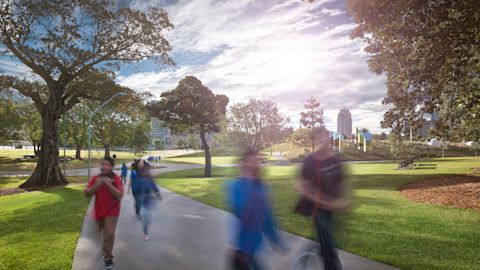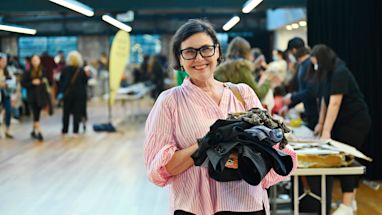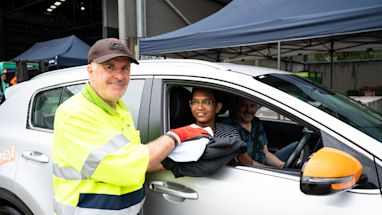If you’ve ever been to the dentist and had the misfortune of needing a tooth removed or filled because of decay, you might know that what looks okay on the outside isn’t always the case. The same is true of trees.
Every year, the City of Sydney’s arborists carry out a sort of tree check-up with nearly 50,000 patients, looking for health issues, checking structural integrity and any maintenance, like pruning, they may need.

Why we root for trees
Healthy trees are a huge part of our vision for a more resilient and liveable city.
We’ve set an ambitious goal of covering 40% of our area in greenery by 2050, and 27% of that will be tree canopy. When we make the decision to remove trees, we don’t do it lightly. And safety is always a top priority.
Moreton Bay fig in Prince Alfred Park
When we checked on one of several Moreton Bay figs (Ficus macrophylla), our people noticed a cavity and some decay at the tree’s base.
We called in an independent arborist to carry out specialised testing involving a drill that measures the extent of the decay and cavity in the places that can’t be seen.
The results were clear. There was significant decay at the base of the tree and it had spread to the roots that support this 15,000kg Moreton Bay fig. The only option was to remove it.
Replacing the tree as a priority
We never like to see a tree go, especially one that has been part of the park for so many decades.
Shade trees are important and this Moreton Bay fig will be replaced with an advanced specimen when planting conditions are best, typically in autumn.
Thankfully the people who use Prince Alfred Park will have noticed we recently planted 30 new trees helping make this park cool, calm and resilient.



